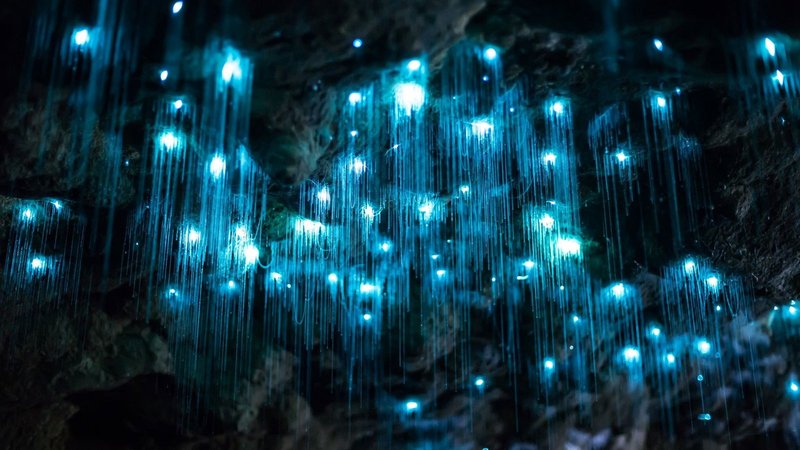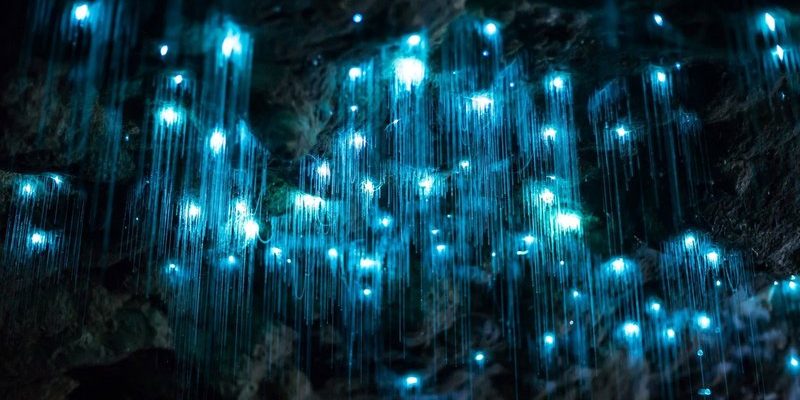
Glow worms belong to a fascinating group of insects that use bioluminescence to attract mates and prey. They’re like nature’s little flashlights, glowing softly in the darkness. However, their habitat is often threatened by urbanization, pollution, and light pollution. So, can urban parks be their new sanctuary?
In this article, we’ll explore their life cycle, habitat needs, and the challenges and benefits of urban parks for glow worms. By the end, you might just see your local park in a whole new light!
What Are Glow Worms?
Glow worms are not actually worms; they’re the larvae of various beetle species. The most commonly recognized type is the *Lampyridae*, or firefly family, which includes the beautiful glow worms. These larvae are famous for producing light through a chemical reaction in their bodies—a phenomenon called bioluminescence.
You might be wondering why they glow in the first place. Well, it’s primarily to lure unsuspecting insects into their sticky silk threads. Imagine setting up a glowing trap to catch dinner. Clever, right? This strategy helps them survive in the wild, but it also makes them incredibly interesting to us humans.
Their glow can vary in color, often appearing as bright greens or blues, depending on the species. So, when you see these little lights flickering in the darkness, remember that there’s a world of strategy and survival behind that glow.
Habitat Needs for Glow Worms
For glow worms to thrive, they need certain environmental conditions. They prefer *moist*, *dark*, and *richly vegetated* areas. Think about it: they’re like tiny greenhouses, thriving in cool, shaded spots where the humidity is just right. This means urban parks, with their manicured landscapes and trees, could provide a suitable environment, but only if the right conditions are met.
Here are a few key factors that influence their survival:
- Moisture: Glow worms need damp conditions to survive. Urban parks often have water features, like ponds or streams, which can help.
- Darkness: Excessive artificial lighting can interfere with their mating rituals. Parks that prioritize dark zones (like away from streetlights) can support glow worm populations.
- Food source: They feed on smaller insects, especially midges. Parks with a diverse ecosystem can provide plenty of food.
So, while city life can be tough for glow worms, a well-designed urban park can meet many of their needs.
Challenges Glow Worms Face in Urban Areas
Urban environments come with their own set of challenges. It’s not all fun and games under the stars for glow worms. Here are some of the main hurdles they might face:
1. **Light Pollution**: Cities are often bright at night. This can disrupt their mating patterns and make it harder for them to find partners. Imagine trying to find a friend in a brightly lit carnival!
2. **Habitat Fragmentation**: Urban development can break up their natural habitats. Walking paths, roads, and buildings can isolate populations, making it harder for them to thrive.
3. **Pollution**: Chemicals from gardens and nearby roads can contaminate their habitats. This can reduce their food supply or directly harm glow worms.
These challenges are significant, but they are not insurmountable. Urban parks can be designed to minimize light pollution and maintain healthy ecosystems.
Can Urban Parks Support Glow Worm Populations?
Absolutely! With some thoughtful planning, urban parks can become havens for glow worms. Here’s how:
– **Creating Dark Zones**: Parks can install shaded areas with natural barriers to block excess light. This can help create a nighttime environment that is friendly for glow worms.
– **Planting Native Flora**: By including native plants, parks can encourage other insects to flourish, providing a steady food supply for glow worms. Native plants are adapted to local conditions and can help maintain the balance of the ecosystem.
– **Water Features**: Having ponds, streams, or simply damp areas can help maintain the moisture levels that glow worms love. Urban parks with water features can significantly improve the chances of glow worm survival.
Just think about how exciting it could be to stroll through a park and see glow worms lighting up your path!
Success Stories: Glow Worms in Urban Settings
Believe it or not, there are already some success stories of glow worms thriving in urban parks! One example is in *Hampstead Heath*, a large park in London. Local conservationists have worked hard to create the right conditions by reducing artificial lighting and preserving natural habitats. As a result, glow worm populations are seeing a positive increase!
Another inspiring example comes from *Wellington, New Zealand*, where several parks have implemented glow worm conservation efforts. Their work includes habitat restoration and community education, allowing residents to appreciate these beautiful creatures while ensuring their survival.
These examples show that with dedication and effort, urban parks can support glow worms and enrich our city landscapes.
How You Can Help Glow Worms Thrive
You might be wondering what you can do to help glow worms in your local area. Here are a few easy actions to consider:
- Advocate for Dark Sky Initiatives: Support local initiatives that aim to reduce light pollution around parks. Every little bit helps!
- Participate in Conservation Efforts: Get involved in local volunteer programs focused on preserving natural habitats and flora.
- Educate Others: Share what you know about glow worms and their importance in the ecosystem. The more people know, the more they’ll care!
Becoming a voice for glow worms can help ensure they have a place in our urban parks for generations to come.
Final Thoughts
Glow worms may seem like a delicate part of nature, but they hold a powerful charm and importance in our ecosystems. By prioritizing their needs in urban parks, we can create inviting spaces for them to thrive alongside us. The next time you visit a park, keep an eye out for that magical glow—who knows, you might just spot a glow worm lighting up the night!
So, let’s work together to find a way for urban parks to be a home for glow worms, blending the beauty of nature with the vibrancy of city life.

